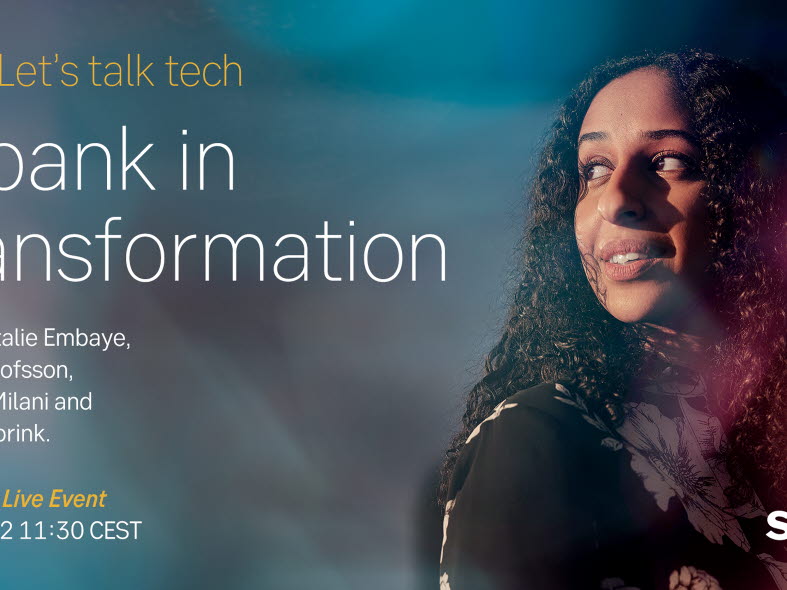Let's talk tech: Neo teaches kids the magic of money
In this article we are writing about SEB Neo, which is a new product that aims to solve the problem of young kids being shut out of the new, cashless society.



In the past decade, we have seen dashboards become very popular. No wonder. We have so much data, we have the tools to visualize them, and it is easier to understand graphs compared to tables filled with numbers.
One area we have seen this development is in apps that give you an overview of your finances. Such apps are called Personal Financial Management apps or PFM for short. There are hundreds of PFM apps and some banks have followed suit and introduced their own solutions. In essence, most PFM apps take the financial data (salaries, purchases, savings etc.) and visualize it for you. For instance, some PFM apps figure out what you bought and shows you how much you have spent on entertainment, groceries, gas, electricity etc. All this information is shown to the user via graphs and colourful charts in dashboards.
Dashboards have been a great way of providing an overview of one’s financials. But will it be good enough in a few years? There are two reasons for why dashboards might not survive in their current form.
With these changes gradually taking place, one might say that it is the end of dashboards as we know them. So, what is the path forward? PFM solutions of the future will probably have dashboards, but the focus will be on providing insights and actions to customers. The PFM solution of the future will analyse the data to proactively determine when to send what suggestion to which user in order to help them achieve a specific purpose. Think like a notification or like an Instagram story. They will focus on making customers feel that they have a fully dedicated and personal financial coach or advisor in their pockets. If this holds true, what technical challenges will we encounter in delivering such solutions? Will it be mostly UX, scalability, how to technically leverage human knowledge into ML, big data processing, speed, or all the above?
So, what do we generally do at SEB? White label a solution, partner up with a fintech company, invest in a third-party company, or build our own solution? All of the above. It depends on which solution is best for us and our customers. In this specific case of PFM, we do not play catch-up with the many fintech companies that focus on such solutions. Why not? Because we are not imitators, we are innovators and we gain more by using our strengths, such as customer base, data, and developers, to develop a solution that is future-proof.
Techies with a thing for business? Listen in on how we at SEB develop the next generation of financial tech and what opportunities awaits if you join us.


In this article we are writing about SEB Neo, which is a new product that aims to solve the problem of young kids being shut out of the new, cashless society.

At SEB, we started the Google Cloud journey with a Cloud Core Team of between five and ten people and now have more than 1,000 active users in our Google Cloud environment. In this article we will explain more about how we set the foundation for our cloud transformation.

On the topic of unexpected Fintech ideas, here's how enterprise architecture patterns can solve real-world business problems.

Do you have feedback or thoughts about future blog articles? Get in contact with us at the e-mail address below.